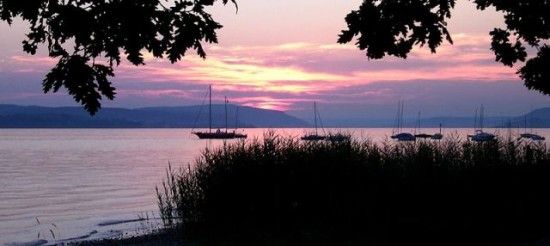
Central Europe’s third largest lake is a wonderful confluence of the three distinct countries that share its borders. Travelers on VBT’s Lake Constance biking vacation will spend a week practically circumnavigating this expansive body of water on its vast network of bike paths, as well as enjoying a variety of culturally enriching activities off their bikes. Guests will love sampling delicious local cuisine, organic fruit brandy and German beer; exploring Romanesque churches in Reichenau, absorbing sprawling views on a ferry crossing, and relaxing in 4-star hotels in lakeside towns. To get you more acquainted with this oft-overlooked alpine gem, here are some fun facts that you may not know about Lake Constance.
Three in One
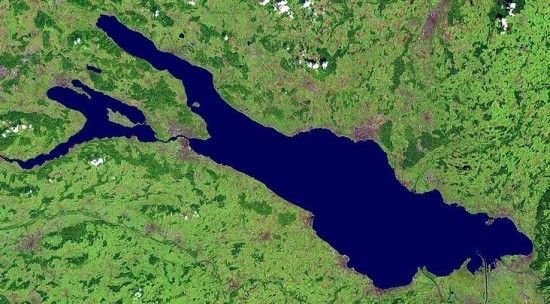
What we call Lake Constance (and the locals call the Swabian Sea) is actually comprised of 3 bodies of water. The largest part of the lake is the eastern section known as the Obersee and is connected to the smaller part of the lake—the Untersee—by a 4 km stretch of the Rhine known as the Seerhein.
The Flower Island
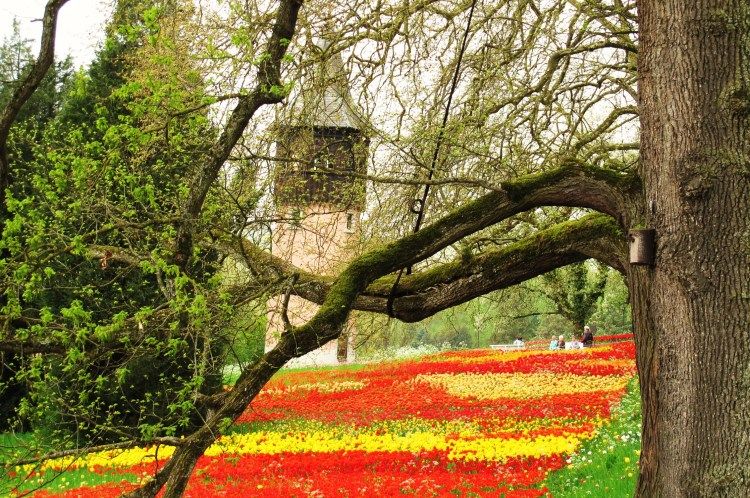
Of the Lake’s three main islands, Mainau, is perhaps the most fascinating. Known as the “Flower Island,” this pedestrian-only private island is a lavish display of hundreds of thousands of plants in manicured gardens that blossom with the changing seasons. Tulips, orchids and rhododendrons burst in a riot of color in May while dahlias and roses arrive in September. Whenever you visit, you’ll be treated to a colorful landscape that will enchant even the most novice gardener.
Waters without Borders
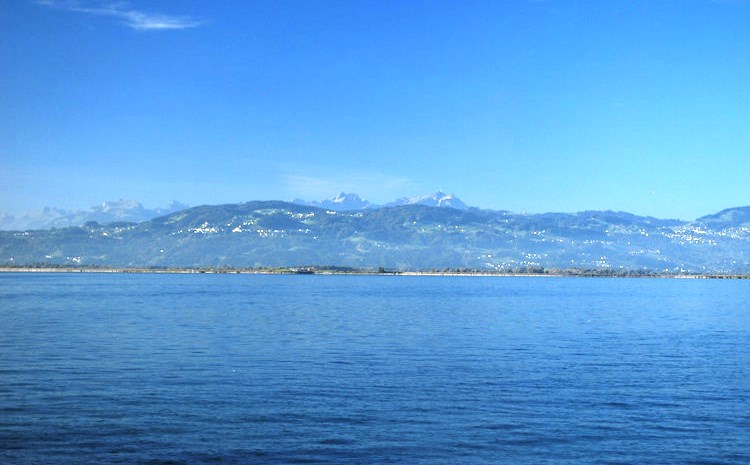
The middle of Lake Constance is the only area in Europe where technically no borders exist because once your boat is far enough from the shoreline you are in international waters. While Switzerland argues their border extends to the middle of the lake, Austria contends that international law governs any part of the lake with more than 25 meters depth. It appears Germany doesn’t have any official view stance on its border other than its actual shoreline.
Ages Ago
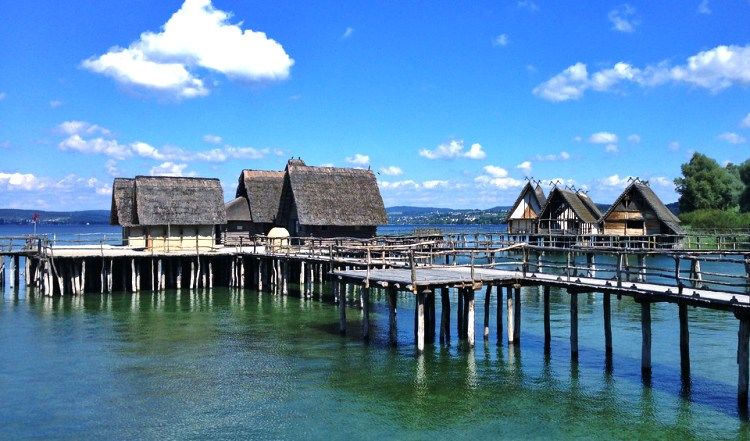
Long before the Romans discovered the lake in 43 AD, Lake Constance was home to a variety of societies during the Bronze Age. While on tour we’ll visit Unteruhldingen—a UNESCO World Heritage Site—to visit replications of ancient dwellings from the Stone and Bronze Age (4000 to 850 BC). During our stay we’ll learn about the Celtic people that lived a sophisticated lifestyle in harmony with nature on the lake.
At a Glaciers Pace
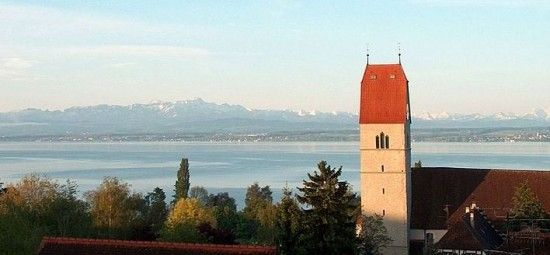
Lake Constance was formed over time by the Rhine Glacier during the last ice age and is a type of lake known as a “Zungenbecken”—which translates as “tongue basin” in German. Even today the Rhine deposits sediment from the Swiss and Austrian Alps that continually change both the shoreline and clarity of the lake. Depending on the time of year the discrepancy of the inflow and outflow of the lake causes as much as a 4 meter difference in water level.
To learn more about this biking vacation including daily itinerary and all available departure dates, please click here. If you would like to reserve a vacation or speak with one of our Tour Consultants, please call 800-245-3868. They are available Monday-Friday from 8:30am to 6:30pm EST and Saturdays from 10:00am to 3:00pm EST.
 VBT Bicycling Vacations
VBT Bicycling Vacations Country Walkers
Country Walkers
